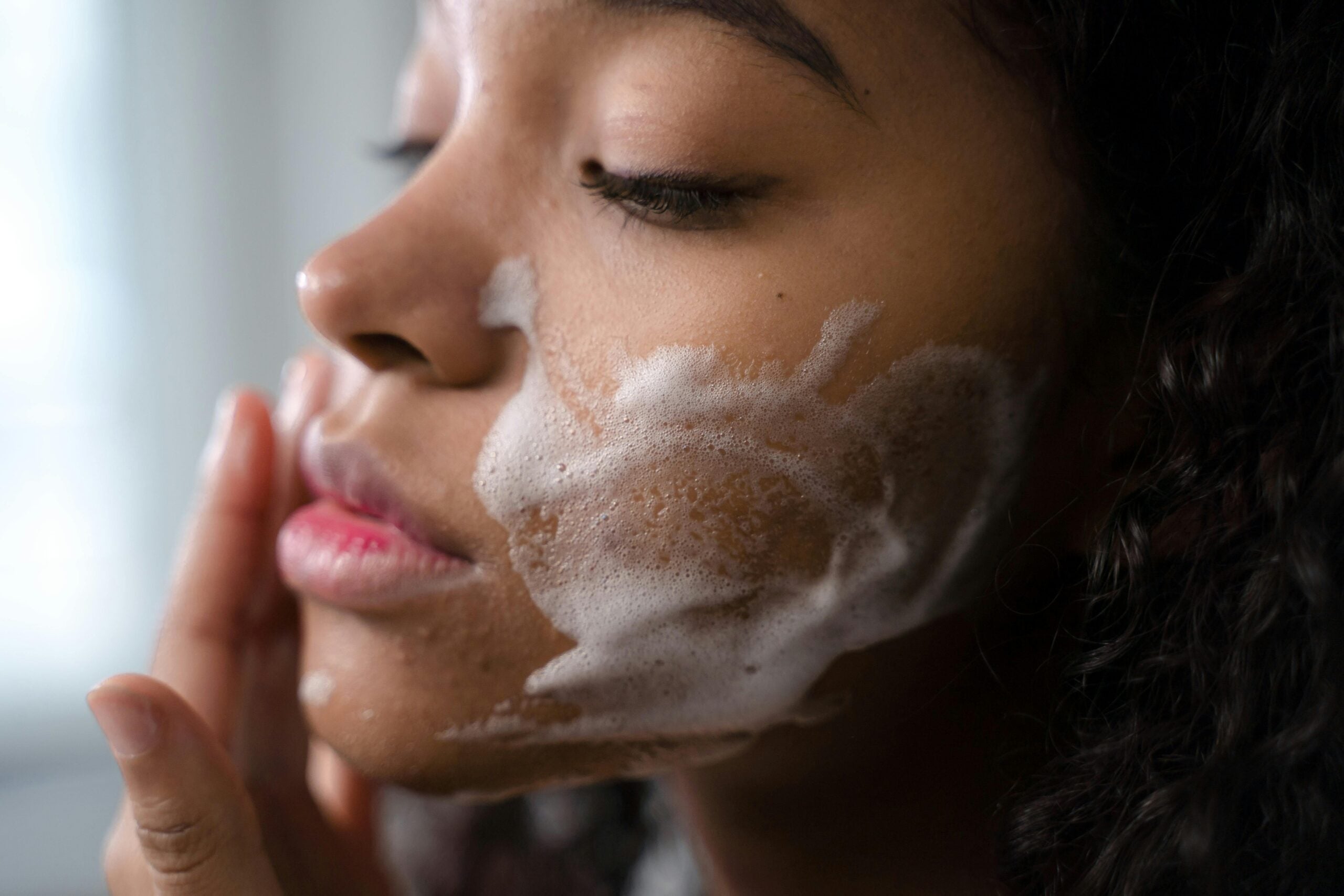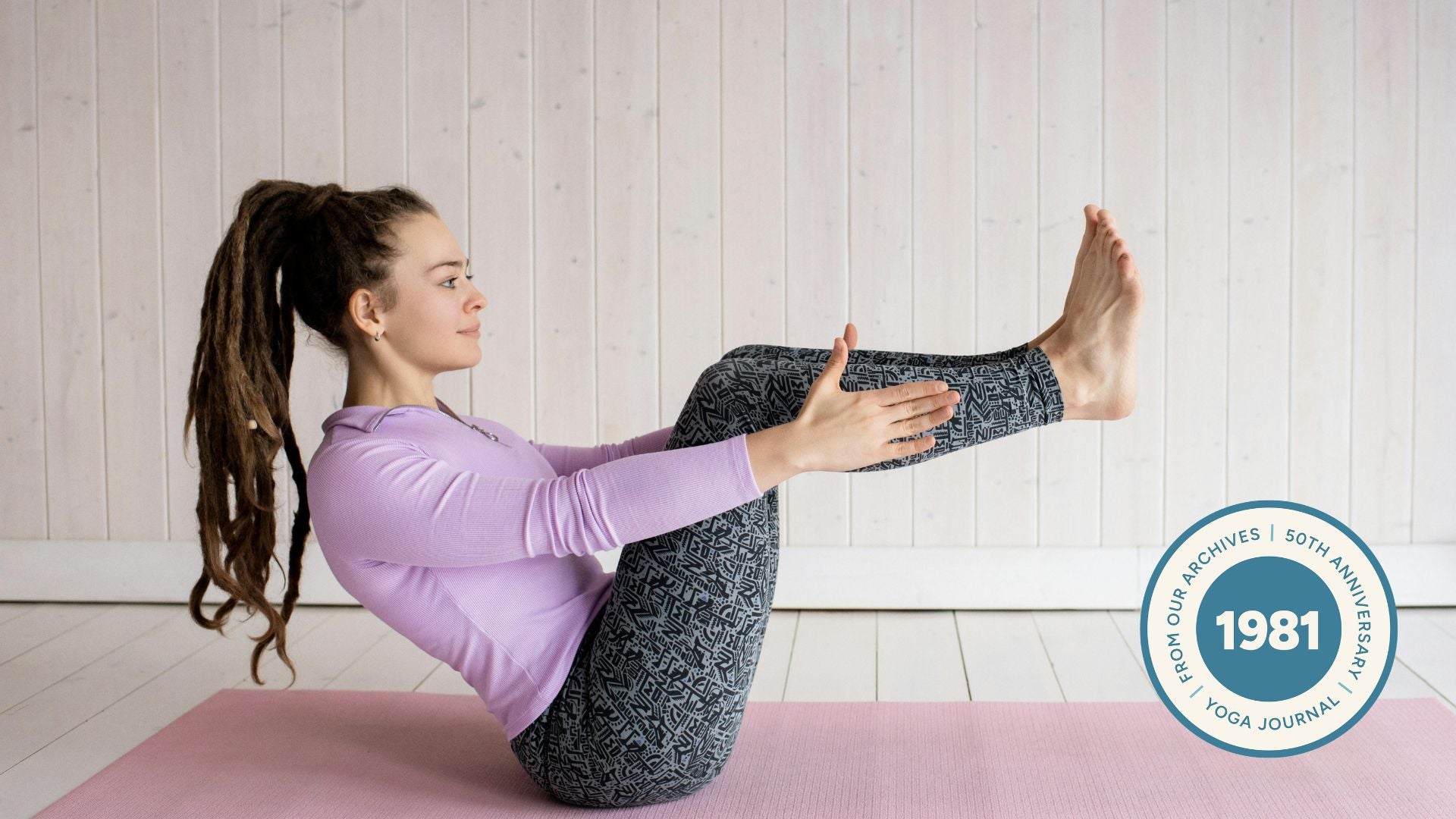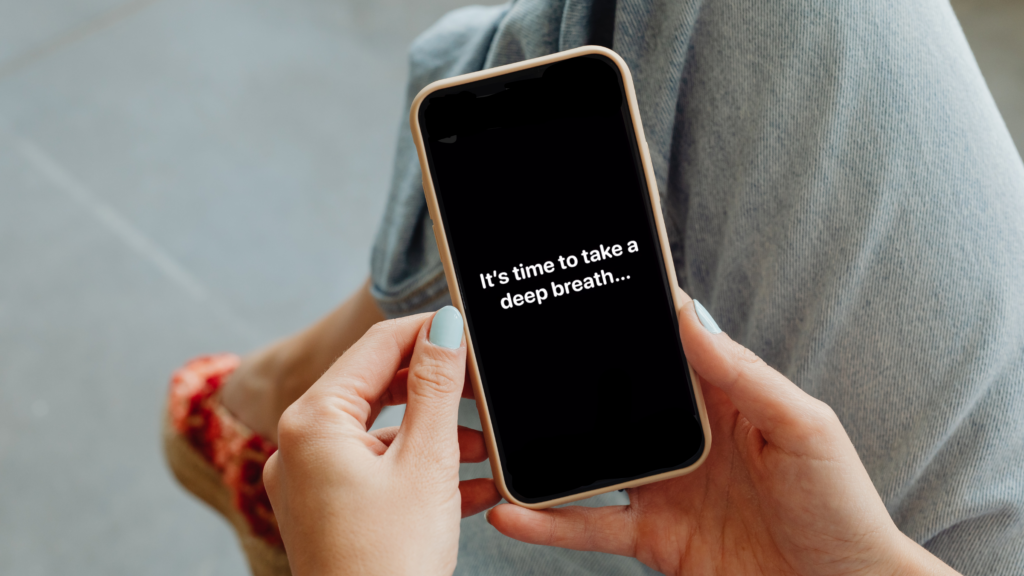“], “filter”: { “nextExceptions”: “img, blockquote, div”, “nextContainsExceptions”: “img, blockquote, a.btn, a.o-button”} }”>
Heading out the door? Read this article on the new Outside+ app available now on iOS devices for members!
>”,”name”:”in-content-cta”,”type”:”link”}}”>Download the app.
Over the years, I’ve had students linger after class to chat, leave gifts for me at the front desk, send looooong messages on social media, and elevate me to an almost guru state. And, like many yoga teachers, I’ve had students fall head over heels for me—and not just in forward folds.
The first time a student asked me out, I admit I was secretly thrilled (at first). One, because he was absolutely my type. (Swoon.) Two, because who doesn’t like to feel like a yoga-lebrity?
Of course, I gently told the bendy Adonis that he didn’t actually know me and that the post-Savasana high of his nervous system settling was making him a little delirious. That floating feeling? It wasn’t love and it wasn’t a sign that he found his new bestie. It was complex ethical territory.
Yes, it can feel sweet and surreal for students to behave that way. It can also feel unsettling—because what they’re responding to isn’t who I am. It’s what the practice brings up for them and the person they imagine me to be.
To be clear, I am amazing—and hanging out with me, whether romantically or as a friend, is objectively a great idea for anyone who isn’t in my classes. But early in my teaching career, I realized that it isn’t me that brings about that floating feeling in students. It’s the yoga.
The Problem With Student Adulation
When I shared this story with a longtime student and friend, she cut me off mid-sentence. “No, it is you!” she insisted. And there it was again—the elevation of me to goddess status simply because I guide people through movement and breath.
And sure, skilled teaching matters. But when we start to believe our own hype—when holding space convinces us we’re something more than human? That’s a pose none of us should hold for too long.
This got me thinking about the teachers I see in studios, online, and out in the wild. Teachers who drink their own kombucha, so to speak, and seem to mistake students’ zen buzz for confirmation of their own “guru” status.
Here’s what really makes students keep coming back to class: it’s not about being the human equivalent of a Pinterest-perfect yoga pose. Most students aren’t looking for some aloof master who can turn themselves into a human paperclip while preaching from a metaphorical mountaintop.
They want someone real—someone who admits they sometimes hit snooze on their morning practice. Someone who wants to celebrate finally nailing Crow Pose after repeatedly face-planting for months. Someone who’s honest about needing Child’s Pose more often than Instagram would suggest.
My wise student-friend then dropped this gem. What really hooks people, she explained, is permission to be human. In a world that demands perfection, having someone say, “Hey, it’s cool to wobble,” is more powerful than perfect alignment in Down Dog. That sweet combo of allowance to be imperfect and the body’s natural high? No wonder students start seeing their teachers through rose-colored glasses.
So, to all my fellow teachers out there who feel like they’re the eighth limb of yoga incarnate or the best thing since sliced gluten-free bread, repeat after me: It’s not me, it’s the yoga.
Now, shall we take that truth to Child’s Pose and let it sink in?







